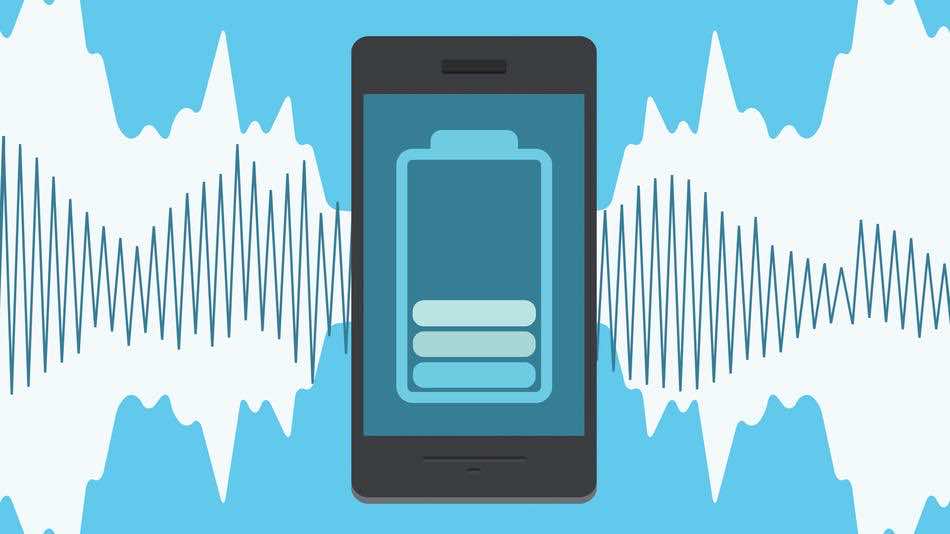Smartphones are the most crucial everyday item nowadays and that is justified owing to the huge number of tasks that they are able to do for the users. However, scientists are still busy working to find out a solution to the battery problem, which we all face with the smartphones. Recently, a new invention has surfaced that can be owed to a collaboration between Nokia and the Queen Mary University of London and builds upon a research carried out by the QMUL previously.
This new device is able to pick up the sound waves and uses them to charge mobile phones. The prototype has been made and is about the size of a mobile phone itself while employing Zinc oxide to harness vibrations that have been caused by sounds and transform them into electricity. Zinc oxide upon being squashed/stretched, generates a voltage by the conversion of kinetic energy to electrical energy via nano-rods. These rods can be coated on to different surfaces located at multiple locations in order to bring versatility to energy harvesting. The surface, upon being squashed/stretched, results in the generation of high voltage by virtue of nano-rods.
The nano-rods respond to everyday sound and by providing electrical contacts on both ends of the rods, one is able to harvest enough electrical energy that can be used to charge a phone. The production at a large scale was made possible by finding innovative ways that resulted in cost-cutting in the production process. The team developed a process by which they are able to spray the nano-rod chemicals onto a plastic sheet and cover it with Zinc oxide. Afterwards, the sheet is heated to a temperature of only 90°C and the nano-rods grow all over the surface. Also, instead of using a gold contact, the team managed to make use of aluminium foil.
The end product is of the same size as a Nokia Lumia 925 and is capable of generating a total of 5 volts that is enough to charge a phone. Dr. Joe Briscoe from QMUL says; ‘Being able to keep mobile devices working for longer, or do away with batteries completely by tapping into the stray energy that is all around us is an exciting concept. We hope that we have brought this technology closer to viability.

